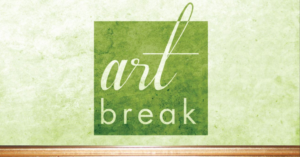ArtBreak 2024-2025: Lunch & Lecture Program
ArtBreak: Meet the Collection
Hidden in storage and out on loan, M&G’s European Old Masters have been sorely missed during our preparation to move. Whether this is your first introduction to the collection or a reunion with old friends, come to hear from nationally recognized, engaging specialists from across the country as they introduce the richness and renown of the internationally respected Bob Jones Collection. It’s time for Greenville to meet… its Collection!
Dates: 3rd Tuesdays at Noon, during academic year
Location: The Davis Room, Dixon-McKenzie Dining Common on the campus of Bob Jones University
Parking: reserved spaces will be available in M&G’s parking lot.
Note: Aramark Catering will provide a Deli Bar with the following spread: sliced oven-roasted turkey, roasted beef, and ham, and tuna; a cheese and relish tray; a variety of baked breads and rolls, two green salads, chips, assorted cookies, and beverages.
Cost:
- Member without lunch: FREE
- Member with lunch: $17.00
- Non-member without lunch: $6.00
- Non-member with lunch: $19.00
Registration will open in August.
Fall Lectures:
October 15
November 19
December 17
Spring Lectures:
February 18
March 18
April 15
